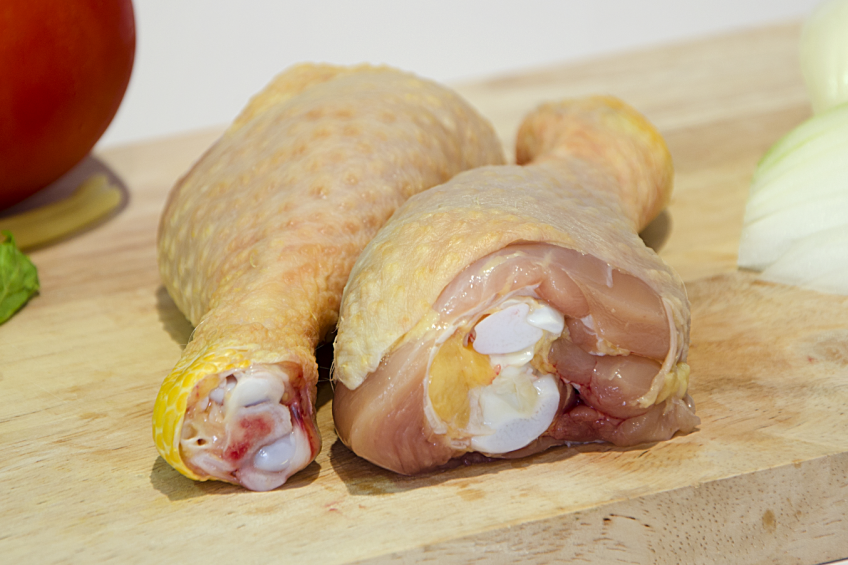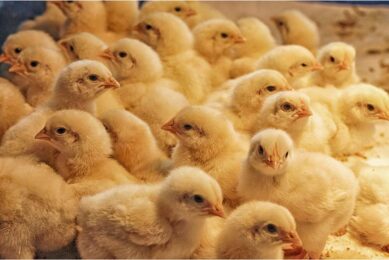Probiotics as an extra tool to keep Salmonella under control

Salmonellosis due to consumption of contaminated eggs is representing a major public health problem. The complexity of the epidemiology of Salmonella demands a systemic approach. Biosecurity, ?vaccination and probiotics work hand in hand to keep Salmonella under control.
Salmonellae are gram-negative, intracellular bacteria and belong to the Enterobacteriaceae family. There are more than 2,500 known serotypes distributed in animals and humans. In poultry, two highly specific serotypes, S. gallinarum and S.pullorum, produce the diseases known as fowl typhoid and pullorum. However, various serotypes of salmonellae known as paratyphi S. enteritidis, S. typhimurium and S. senftenberg can infect poultry and other species and settle in their internal organs without causing clinical signs or illnesses. This group of salmonellae is often linked to foodborne diseases in humans.
Current situation
In the US, it is estimated an annual incidence of 142,000 cases of salmonellosis due to consumption of contaminated eggs, representing a major public health problem. In the EU, salmonellosis is the second most common foodborne disease causing 26.4 cases per 100,000 inhabitants and the main cause of it is associated with the consumption of eggs, products made from raw eggs. Cases of salmonellosis in humans caused by S. enteritidis are usually associated with the consumption of contaminated eggs. In Spain in 2010, this serotype showed the highest prevalence in layer hens (27%) according to research done in 2013.
In Brazil, 42.5% of the laboratory-confirmed foodborne diseases outbreaks from 1999 to 2009 had Salmonella bacteria as etiologic agent. It is worth mentioning that the main cause of these outbreaks is usually related to eggshell contamination due to lack of hygiene and proper preservation since transovarial transmission of Salmonella is relatively low. Another important cause of food contamination is the consumption of raw or undercooked eggs and egg products.
Prevention and control
Given the complexity of the epidemiology of Salmonella, prevention and control requires a systemic approach, which involves a series of steps involving biosecurity aspects such as isolation from other poultry farms and host species, sanitary barriers, good production practices, good feed manufacturing practices, premises’ cleaning and disinfection, vectors control (mainly flies and rodents), use of vaccines, organic acids, probiotics, among others. A new alternative arises from the use of bacteriophages to prevent and control intestinal infections caused by Salmonella.
According to the latest Brazilian legislation from April 2013, commercial layer hen houses must undergo surveillance of their flocks for S. enteritidis and S. typhimurium, with sampling to perform laboratory tests. Only those flocks vaccinated with live vaccines for S. enteritidis must be housed.
In an immunisation programme for layer hens, both live and inactivated vaccines may be employed. Live vaccines stimulate the production of secretory immunoglobulin IgA and promote cellular immunity, mediated by CD8 + T lymphocytes, which are important to eliminate Salmonella settled in the cells. On the other hand, inactivated vaccines are related to the humoral immune response mediated primarily by circulating antibodies of the IgG group. It is important to point out that some of the serotypes used in live vaccines may lead to crossed responses to others that are non-homologous and belong to the same serogroup such as S. enteritidis and S. gallinarum.
Use of probiotics
Another technology that can be used to control Salmonella in poultry is the use of probiotics that have effects of competitive exclusion on Salmonellae. This effect is well known by the scientific community and was first described by Nurmi and Rantala as early as 1973.
The strain of Enterococcus faecium NCIMB 10415 (Cylactin) has the ability to reduce colonisation of different serotypes of Salmonella in poultry’s caeca. As described in Table 1, when continuously used in feeds, it significantly reduced the prevalence of Salmonella in chickens’ caeca subjected to an initial oral challenge and slaughtered at approximately 30 days of age.
The mechanism that explains this effect is related to its high production of lactic acid in the intestinal lumen that not only inhibits the growth of salmonellae, but also stimulates the increase of the population of Lactobacillus spp, beneficial flora. Another important effect observed is Cylactin’s capacity to stimulate poultry’s immune system, increasing the amount of CD4 and CD8 lymphocytes T in chickens’ intestinal lumen at 7 days of age, which is an important primary barrier against pathogens and can potentiate the effect of live vaccines.
Competitive exclusion
Prevalence of Salmonella, both typhi and paratyphi, remains a limiting factor in optimising profitability in the egg production industry. In general, costs to control diseases are very high and the impact on the media and consumers are also significant. Additionally, Brazilian regulations are becoming less and less tolerant towards the most potentially harmful serotypes to people’s health.
Due to the enormous diversity of Salmonella serotypes and their high adaptability to different animal species, the control of Salmonella in commercial stocks requires a systemic approach which involves principles of biosecurity such as cleaning, disinfection, control of rodents, flies and Salmonella free feed. The use of auxiliary tools, such as live vaccines and competitive exclusion probiotics, which has proven to be efficient by the scientific community, should be used combined in order to get the most of their individual potentials.
References available upon request













